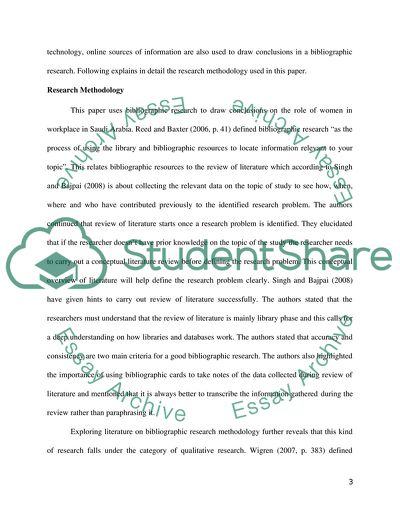Cite this document
(The Role of Women in Workplaces in Saudi Arabia Literature review Example | Topics and Well Written Essays - 2250 words, n.d.)
The Role of Women in Workplaces in Saudi Arabia Literature review Example | Topics and Well Written Essays - 2250 words. https://studentshare.org/gender-sexual-studies/1814470-the-role-of-women-in-workplaces-in-saudi-arabia
The Role of Women in Workplaces in Saudi Arabia Literature review Example | Topics and Well Written Essays - 2250 words. https://studentshare.org/gender-sexual-studies/1814470-the-role-of-women-in-workplaces-in-saudi-arabia
(The Role of Women in Workplaces in Saudi Arabia Literature Review Example | Topics and Well Written Essays - 2250 Words)
The Role of Women in Workplaces in Saudi Arabia Literature Review Example | Topics and Well Written Essays - 2250 Words. https://studentshare.org/gender-sexual-studies/1814470-the-role-of-women-in-workplaces-in-saudi-arabia.
The Role of Women in Workplaces in Saudi Arabia Literature Review Example | Topics and Well Written Essays - 2250 Words. https://studentshare.org/gender-sexual-studies/1814470-the-role-of-women-in-workplaces-in-saudi-arabia.
“The Role of Women in Workplaces in Saudi Arabia Literature Review Example | Topics and Well Written Essays - 2250 Words”. https://studentshare.org/gender-sexual-studies/1814470-the-role-of-women-in-workplaces-in-saudi-arabia.


